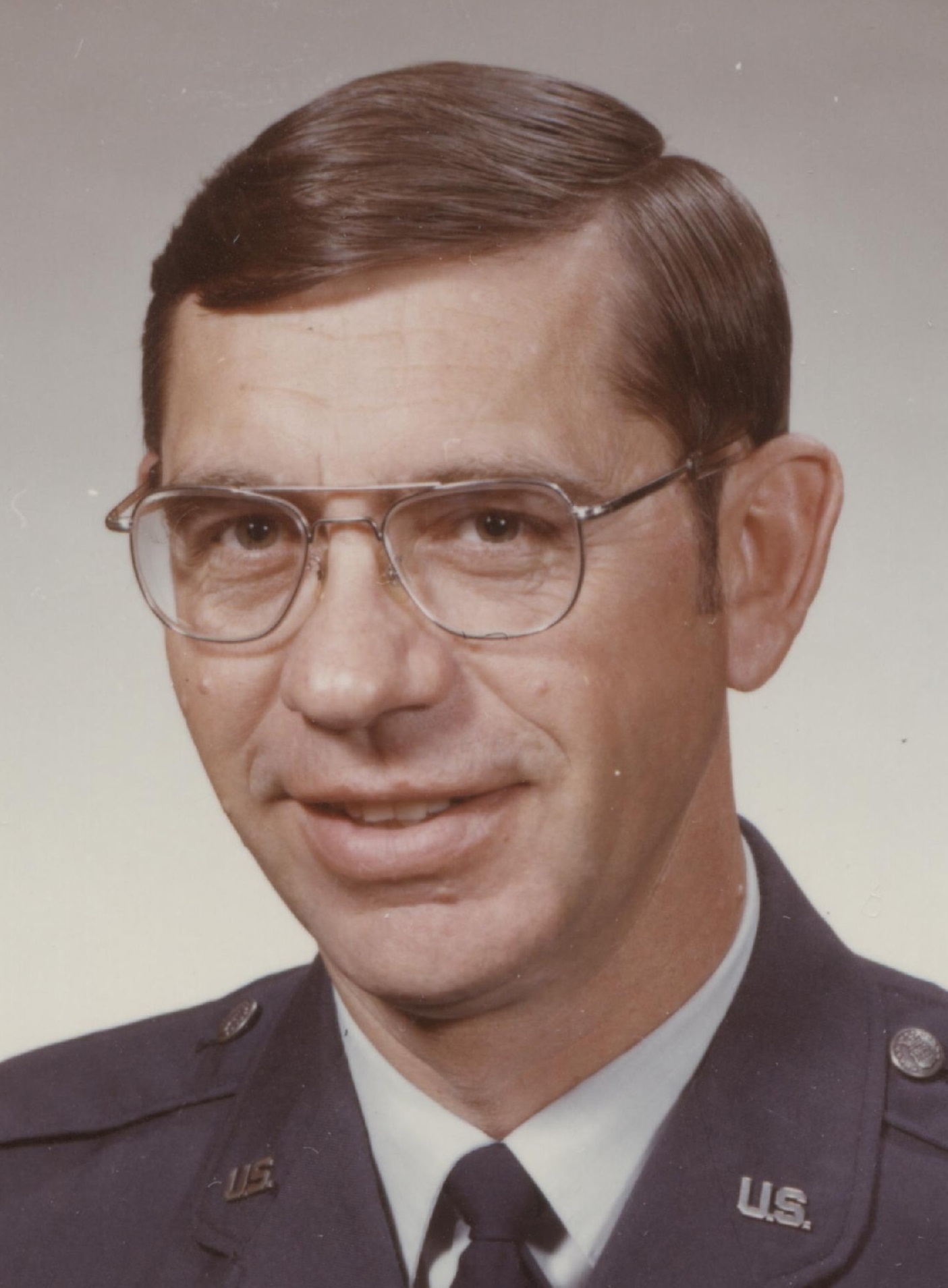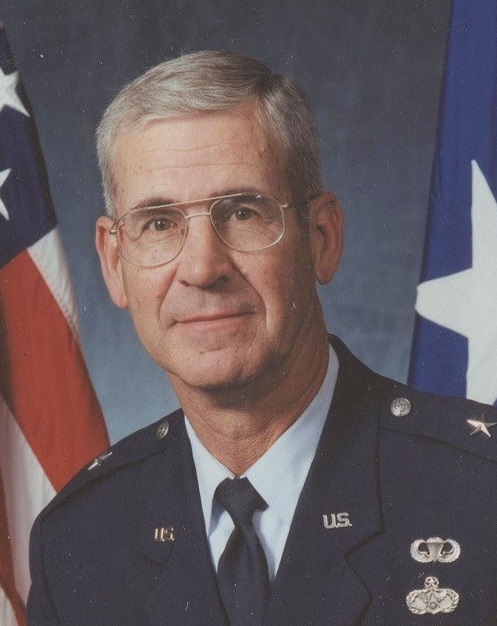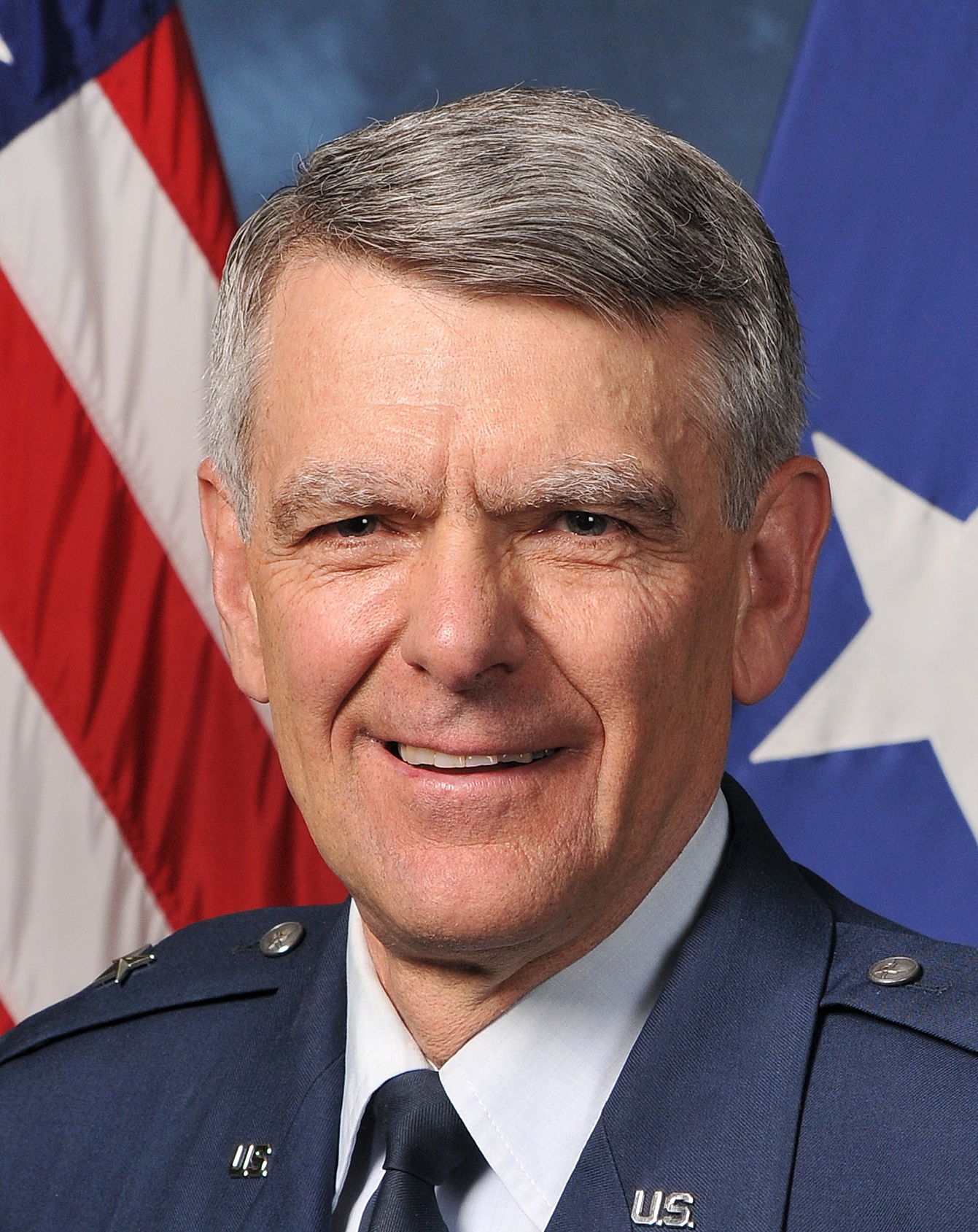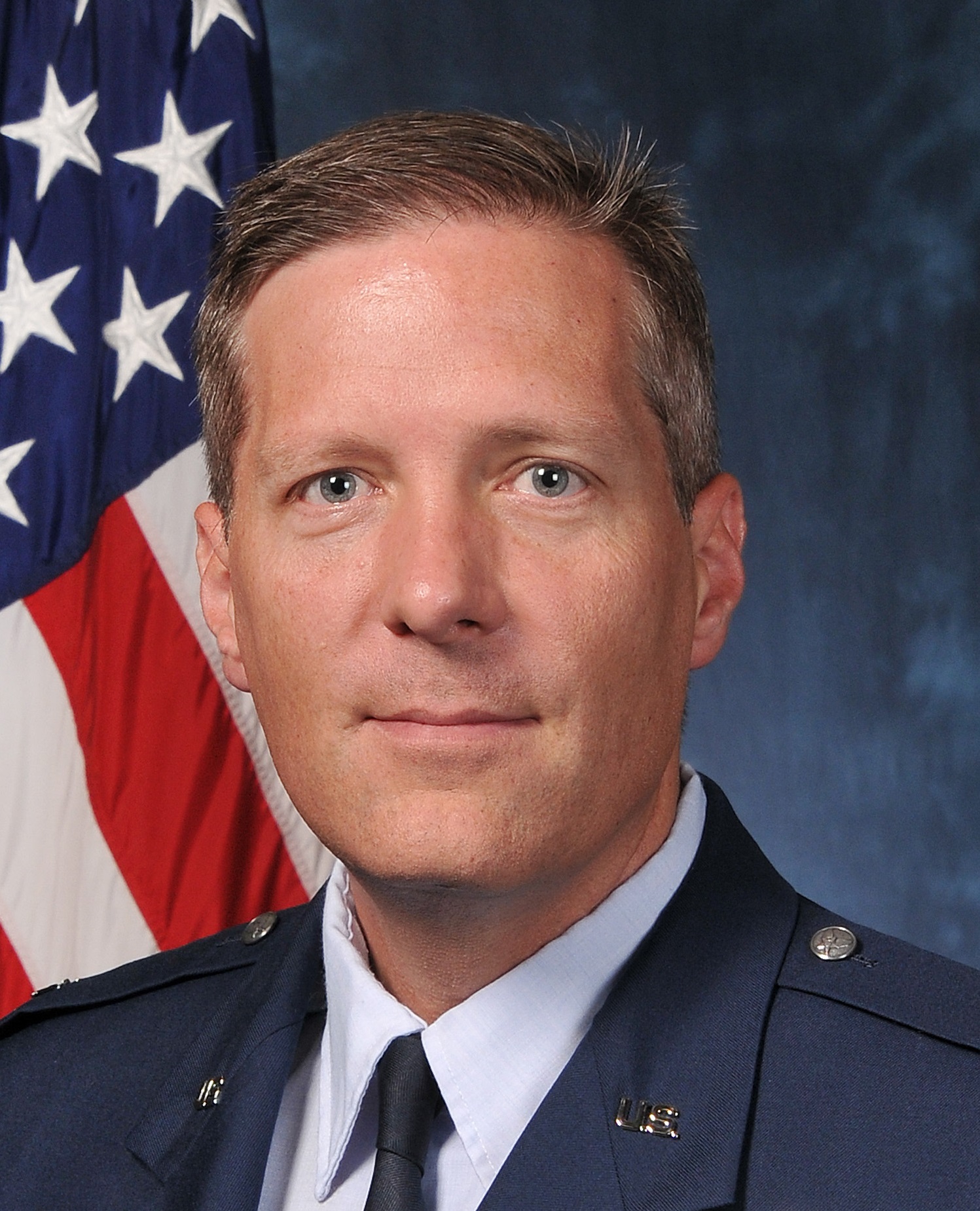Department of Civil and Environmental Engineering
Antecedent Departments
Civil Engineering (1966–1973)
[prior CE courses taught by Mechanics]
Civil Engineering, Engineering Mechanics and Materials (1973–1979)
Civil Engineering (1979–1997)
Civil and Environmental Engineering (1997–Present)
|
Department Heads
| 1966–1968 | Col Winston C. Fowler |
1968–1981 | Col Wallace E. Fluhr |
1981–1982 | Lt Col Edward A. Osborne Jr. |
1982–1991 | Col David O. Swint Sr. |
1991–1992 | Lt Col James L. Brickell |
1992–2000 | Col Swint |
2002–2005 | Col Gregory E. Seely |
2005–2006 | Lt Col Steven T. Kuennen |
2006–2010 | Col Seely |
2010–2011 | Lt Col Jeffery L. Heiderscheidt |
2012–2055 | Col Seely |
2015–2018 | Col John A. Christ |
2018– | Lt Col Joel A. Sloan |
|
 |
Permanent Professors
Em Fluhr | Dave Swint |
| |
Greg Seely | John Christ |
|
The Department Today:
The Department of Civil and Environmental Engineering implemented a systems approach to learning that bridges the gap between theory and practice—a concept that has evolved from the “construct first, design later” methodology for engineering education. Its majors are equipped to meet the challenges of environmental degradation, infrastructure design, construction and sustainment, energy needs, natural disaster responses, installation resiliency, sustainable development, and community planning.
Curriculum:
The department offers 26 courses in Civil Engineering.
Core Course:
Civ Engr 356. Sustainability in the Built Environment (Advanced STEM Choice)
Major: Civil Engineering
Noteworthy:
The department operates a large field site to construct and test experimental earth structures, a fully functional soils laboratory, two fully capable wet labs, a static structural testing capability via a 25-foot-long reaction floor with multiple hydraulic actuators, and a high-bay laboratory space with a five-ton crane and multiple universal testing machines. The department also has extensive experience with multiphase flow simulation techniques executed via a research-funded computer network. Most notably, the department pioneered an intensive approach to civil engineering education through its Field Engineering and Readiness Laboratory (FERL), a 50-acre site in Jacks Valley at which they hold a three-week summer program that exposes cadets to hands-on experiences in surveying, construction methods, construction materials, environmental and geotechnical design, and fundamental structural engineering concepts. This experience provides a solid foundation for learning scientific theory and engineering design principles in more advanced courses. A featured project at FERL is construction of two 900-square-foot, one-bedroom, one-bath Navajo hogans in partnership with the Southwest Indian Foundation. These hogans are then donated to families on the Navajo Reservation near Gallup, NM.



